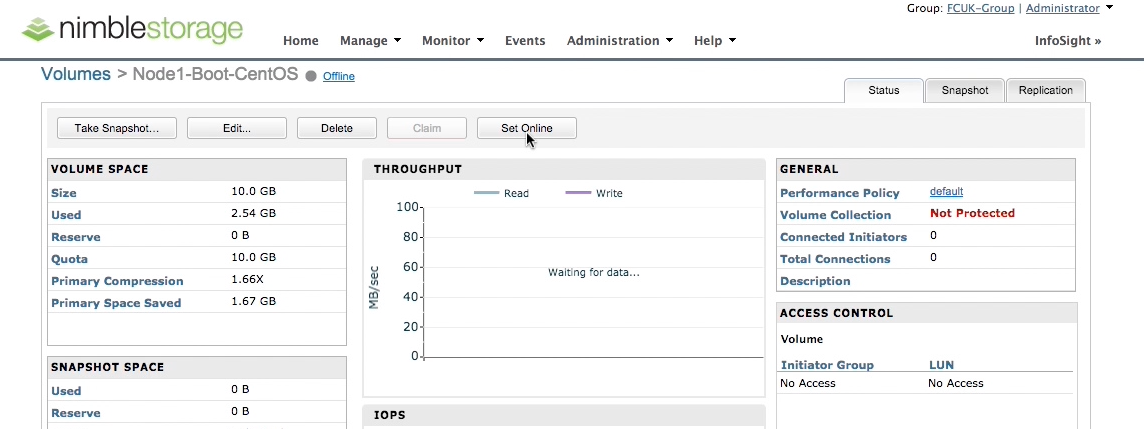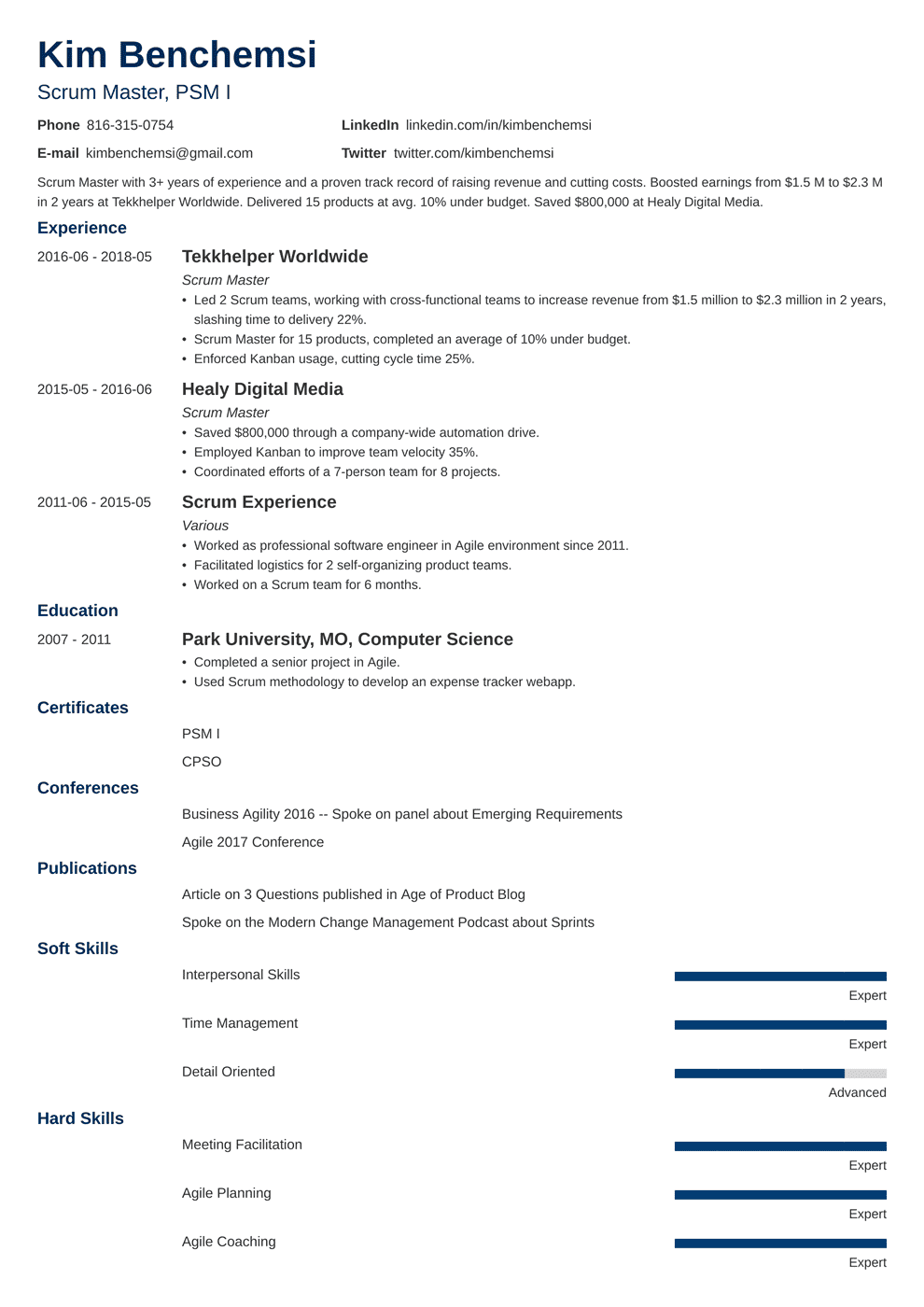
Head to Administration->VMware Integration in each array GUI, and from there, add a vCenter. Now this is SUPER easy, and quite possibly my favourite thing, as it takes a second to configure for an administration, yet the sheer complexity & amount of steps it masks for end to end provisioning of VASA providers, Protocol Endpoints & all other work is very, very clever indeed. TASK COMPLETE! STEP 2 – Provisioning VMware Integration Testing replication to ensure your configuration is good. All being well, you should see status be GREEN and show as “Alive”.
PROVISION A SHARE ON NIMBLE SAN PASSWORD
To finish, hit the “test” button on each system to ensure they’re able to speak with eachother, and that your shared secret password is correct. Configuring the replication partner (in the other direction!)

Once configured, do the same thing on the DR array, so it can speak to the production system. Otherwise your vVol policies will fail later on. IMPORTANT: make sure you click “Use Same Pool and Folder as the source location”.

You’ll notice that I don’t get that option as I was lazy and used a single subnet for management & data – never recommend doing that in production environments! Configure the new replication partner You can also configure replication traffic for this partnership over a specific network if you wish – Management, or a data network / VLAN of your choice. Login to your primary array, head to Manage->Data Protection->Replication Partners, and click the (+) button.įill out the details for creating a Replication Partner, including your destination Partner Name, IP Address (or Hostname), and a shared secret password between the two systems. This is a simple thing to do, and takes a few minutes for both systems. STEP 1 – Creating array based replication partnershipsįirst thing we’ll want to do is ensure that we have the ability for our arrays to replicate to eachother. Create vSphere Storage Policies on each site to mirror eachother.Provision vVol datastores to each ESXi cluster – one for prod, one for DR.Connect the VASA provider & vCenter plugin from each array to the vCenter server.Create replication partnerships between the Nimble arrays within the GUI or CLI.Here are the steps we’re going to take as part of the workflow: If you have all of the above, then it’s time to start provisioning! You can do so at the Infosight Validated Config Matrix (VCM). Two vCenters – again, one for Production and one for DR.ĭepending on your version of vSphere, you may want to ensure your NimbleOS version running on the arrays is supported for things such as the vCenter Plugin, Nimble Connection Manager etc.Two ESXi clusters – one for Production and one for DR.Two Nimble arrays – doesn’t matter the generation or drive type – All Flash or Hybrid is perfectly fine.

Firstly, you’re going to need the following:


 0 kommentar(er)
0 kommentar(er)
